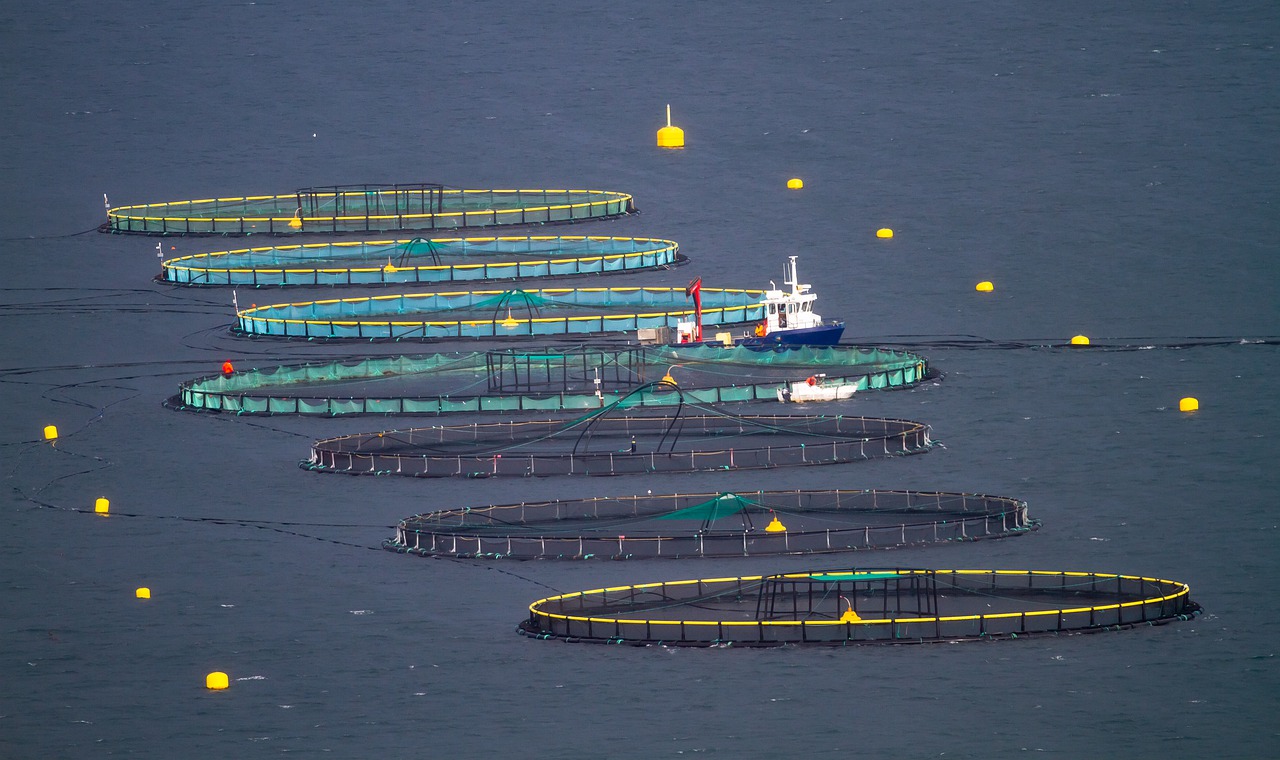Norway – Norwegian Napop is breaking new ground in the realms of sustainable energy and aquaculture with its VIRIDIH2-PISCI project that combines hydrogen production with fish farming.
Napop’s primary goal with the VIRIDIH2-PISCI project is to revolutionize sustainable hydrogen production by integrating it with fish farming. By utilizing the by-products of electrolysis, such as oxygen and heat, in aquaculture, the company aims to create a closed-loop system that enhances efficiency and reduces environmental impact.
At the core of the VIRIDIH2-PISCI project is a system that combines a recirculating aquaculture system (RAS) with a 6 MW electrolysis plant. This setup allows Napop to produce hydrogen using renewable energy sources, such as solar power, while simultaneously raising fish in a controlled environment. By optimizing the utilization of resources, Napop aims to set new standards for sustainability in both industries.
Minimizing waste
One of the key advantages of Napop’s integrated approach is its ability to maximize resource utilization and minimize waste. By using oxygen and heat generated during electrolysis in fish farming, the company can significantly reduce its environmental footprint while also enhancing the efficiency of both processes.





